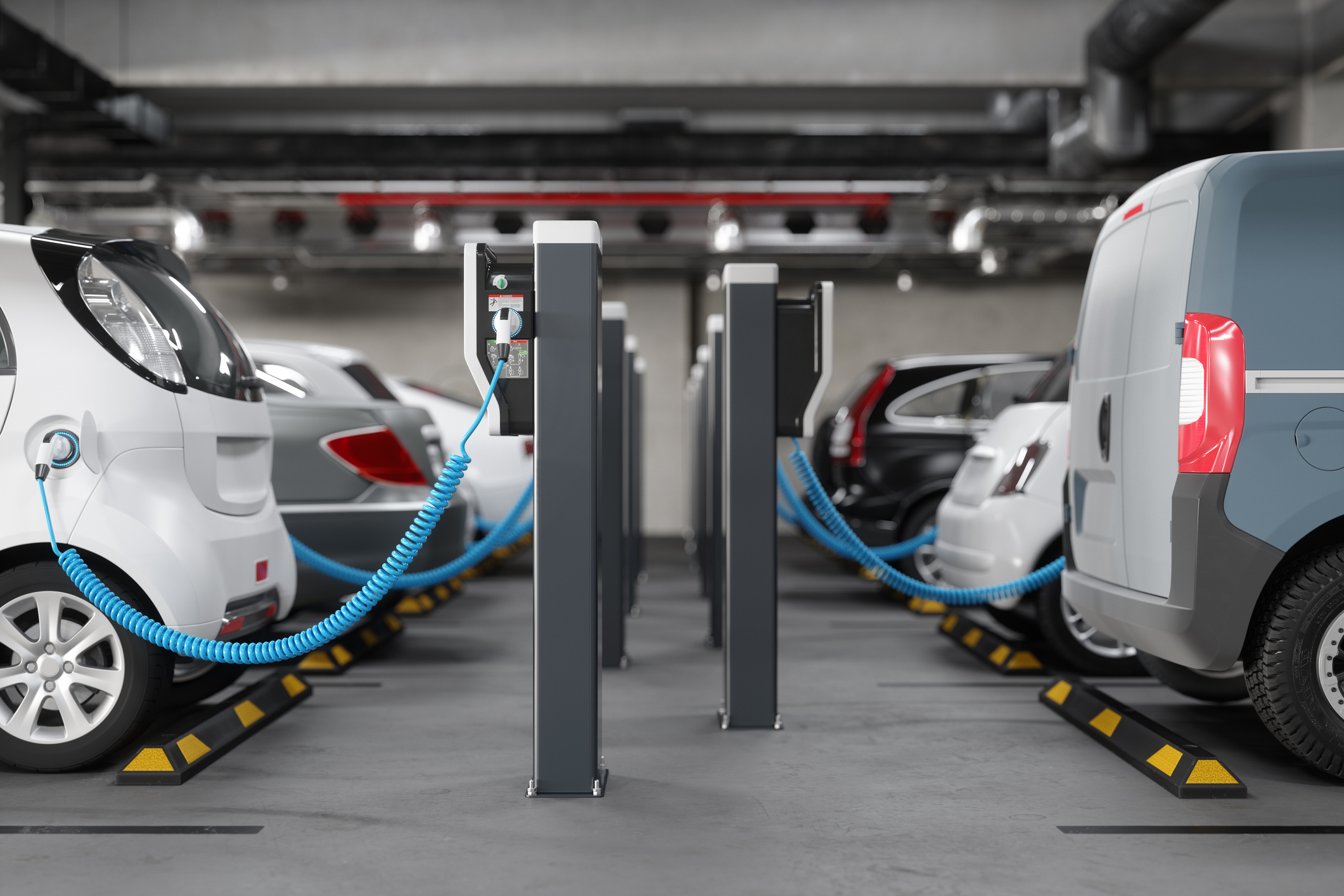Rural electric co-ops are embracing the growing electric vehicle (EV) market trends and increased infrastructural support. As EV markets continue to evolve, opportunities for managed charging EV programs have increased exponentially, allowing cooperatives the chance to reduce high energy costs, enhance energy security, and increase member satisfaction. Is your cooperative ready?
Managed Charging
Managed charging is an EV program that, as the name suggests, manages when a vehicle draws from the grid. As such, managed charging plays into several demand flexibility strategies including demand response programs or time of use (TOU) rate structures. With more EVs on the road, managed charging continues to be a great conservation tool to avoid the high costs associated with peak demand energy. Let’s look at some examples.
Cooperatives & Managed Charging in Action
Vermont Electric Cooperative (VEC) is now offering a $250 credit to members who buy a Level II EV charger, which replenishes energy about four times faster than a standard 120-volt outlet. The Johnson, Vt.-based co-op asks members not to charge their cars between 5:00 p.m. and 9:00 p.m. to avoid peak demand. The initiative is part of VEC’s Energy Transformation Program to reduce the consumption of fossil fuels and the production of greenhouse gases.
“We’re excited to offer this new strategy to help members transition to electric vehicles in a way that benefits all co-op members,” said Lisa Morris, the energy services planner at VEC. “Off-peak electric use is less expensive and cleaner, so if we can encourage off-peak charging, the whole co-op can save money and cut down on emissions.”
– Lisa Morris, Energy Services Planner, VEC
Just down the road from VEC, the Washington Electric Co-op offers discounts on the purchase of electric vehicles, electric lawnmowers, and electric bikes.
Both co-ops are standing ready on the front lines of the growing global EV charging infrastructure market, which according to a recent report was worth $6.45 billion in 2018. The already significant market is expected to reach $95.98 billion—almost 15 times its current value—by 2027.
Cooperatives & Managed Charging Conclusion
And WEC and VEC are not alone: the National Rural Electric Cooperative Association (NRECA) frequently profiles EV programs offered by co-ops across the country – from North Carolina to Minnesota to Arkansas. Co-ops are indeed laying the groundwork for an electric vehicle future.






